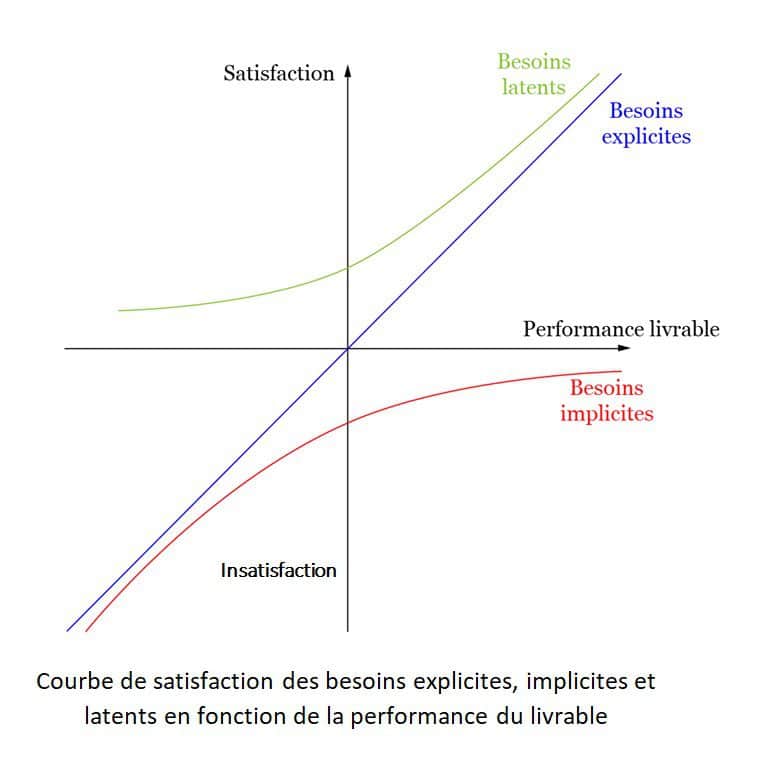Every project aims to meet a need. Its level of success is based on the adequacy between the proposed response and this need. This requires that the need be correctly expressed, on the one hand, and understood and transcribed, on the other hand. And this is not an easy task! IS project manager and trainer, Cédric Allène explains how to achieve this.

Gathering requirements is one of the first steps in the pre-project phase. It can be the subject of an independent sub-project resulting in the delivery of a document detailing the need. This document can then be used to propose one or more responses, accompanied by their costing (deadlines and means necessary for their completion), or be distributed in a call for tenders. Its completeness and accuracy are therefore crucial.
In the rest of this article, even if we will see that the collection of the need must, except in trivial cases, be the subject of a two-way exchange, we will call "speaker", the individual or individuals responsible for expressing the need and “auditor”, the individual(s) responsible for collecting and formalizing it.
The different types of needs
The needs are divided into 3 categories:
- Explicit needs
These are the needs that are clearly expressed by the speaker or the specifications. However, they are not necessarily exhaustive or clear and may not represent actual needs.
In a bar, ordering a coffee is the expression of an explicit need.
- Implicit needs
These are the needs that are not expressed by the speaker, because he considers them obvious. The latter doesn't even consider wasting time mentioning them.
The coffee ordered is, with some exceptions, understood to be served in the form of a hot liquid from a percolator, and not from a filter coffee maker. It’s an implicit need linked to the context of the bar and our culture.
- Latent needs
These are the needs which are not expressed by the speaker, because he is not aware of them. These needs are not systematically essential, but can be a lever to add value.
The coffee ordered is often accompanied by a sugar cube and, possibly, a biscuit or a piece of chocolate. These are responses to latent needs.
Treat each type of need
Theorized by Noriaki Kano in 1984, the Kano model highlights the impact on final satisfaction depending on the response provided to each type of needs (see illustration).

The more explicit needs are met, the more satisfaction increases. But we must not neglect implicit needs: their absence in the final deliverable causes dissatisfaction.
Conversely, the absence of taking into account a latent need remains without impact since the speaker is not aware of its existence. Identifying this type of need highlights the auditor's knowledge of the project context. Responding effectively helps build customer loyalty. But once the latter is retained, the latent need can transform into an implicit need that must be satisfied.
Chances are you'd be disappointed if the bar where you're used to getting a cookie or a square of chocolate with your coffee stopped adding it.
Clearly, making implicit and latent needs explicit is essential.
Solution is not needed
While collecting the need, it is not uncommon for the speaker to express the solution that seems ideally to meet the need rather than the need itself. The auditor could then simply formalize it. The real value of the listener, however, lies in the identification of the real need and the verification, by him or a third party, of the adequacy between the solution suggested by the speaker and the identified need. This approach does not lend itself to all contexts and can be rejected by the speaker.
It is difficult to imagine that a bartender who has just ordered a coffee would ask about his customer's level of dehydration and fatigue to ensure that a stimulating drink like coffee is what suits him best.
Listen… and above all exchange
Faced with the partial coverage of the explicit need compared to the real need, the sole transcription by the listener of the elements expressed by the speaker would most likely lead the project to failure. The auditor therefore has the duty to guide the collection of requirements.
To this end, the listener should sympathetically question and challenge the speaker's remarks to ensure comprehensive coverage of the topic. This process is potentially long and may require patience on both sides. However, it is essential to allow the necessary time to ensure the project has solid foundations.
The choice of interlocutors
The exhaustive and effective collection of requirements is essentially a matter of know-how and interpersonal skills. However, this does not guarantee the result. Other elements must be taken into account.
- For the listener :
Knowing the context of the project is a real advantage. Provided that the listener knows how to take a step back and does not conflate it with a more or less similar need, thus risking leaving out certain specific elements. This knowledge of the context will allow him to piece together the puzzle more quickly and easily identify implicit or latent needs. They are nevertheless not essential if the latter has the capacity to assimilate this context during the collection of the need. The disadvantage is then to extend the duration of the exercise during this learning process. If time permits, it is still preferable to choose an auditor who does not know the context, but who has the required interpersonal skills, rather than the reverse.
- For the speaker :
Knowledge of the need is essential since it is the heart of the subject that it is up to him to transmit. Soft skills, although desirable, are therefore secondary. The priority is then to identify the individual(s) with detailed knowledge of the need. This task, seemingly innocuous or trivial, should be considered carefully.
In the business world, it is tempting to select a manager for his overall vision and his power to arbitrate in the event of a compromise to be found when expressing a need. In fact, it often turns out that he ignores the operational details that his team members implement on a daily basis. Conversely, it can be difficult to get certain operators to take the necessary step back to express the need and not the way they currently treat it.
In either case, it will be appropriate to check the availability of the person selected to carry out the exercise. Mostly, this proves more complex for the manager who does not have a colleague capable of compensating all or part of his activity.
Finally, in the context of an extended need collection scope requiring multiple contacts, each of whom only controls part of the need, it is appropriate to carry out the exercise by compartmentalizing the subjects. This helps prevent the speaker from losing interest when the subject being discussed does not directly concern them.
Gathering the requirement is an art based largely on the listener's quality of communication. It is refined through practice, but can remain time-consuming. This remains the price to pay to ensure solid foundations for any project and thus put it on the path to success!





